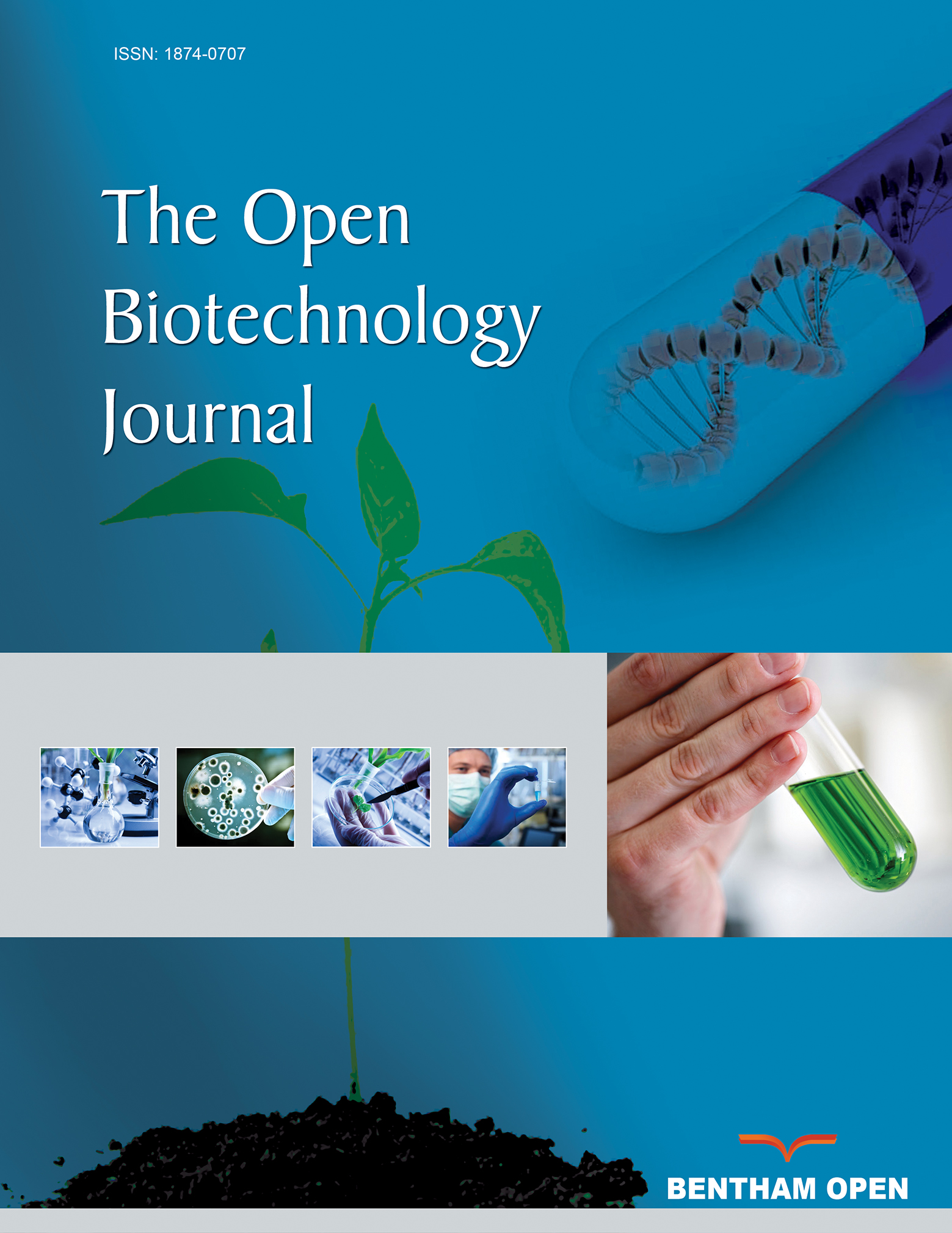All published articles of this journal are available on ScienceDirect.
Co-Culture Systems for the Production of Secondary Metabolites: Current and Future Prospects
Abstract
Microorganisms are the great sources of Natural Products (NPs); these are imperative to their survival apart from conferring competitiveness amongst each other within their environmental niches. Primary and secondary metabolites are the two major classes of NPs that help in cell development, where antimicrobial activity is closely linked with secondary metabolites. To capitalize on the effects of secondary metabolites, co-culture methods have been often used to develop an artificial microbial community that promotes the action of these metabolites. Different analytical techniques will subsequently be employed based on the metabolite specificity and sensitivity to further enhance the metabolite induction. Liquid Chromatography-Mass Spectrometry (LC-MS) and Gas Chromatography (GC)-MS are commonly used for metabolite separation while Nuclear Magnetic Resonance (NMR) and Mass Spectrometry (MS) have been used as tools to elucidate the structure of compounds. This review intends to discuss current systems in use for co-culture in addition to its advantages, with discourse into the investigation of specific techniques in use for the detailed study of secondary metabolites. Further advancements and focus on co-culture technologies are required to fully realize the massive potential in synthetic biological systems.


